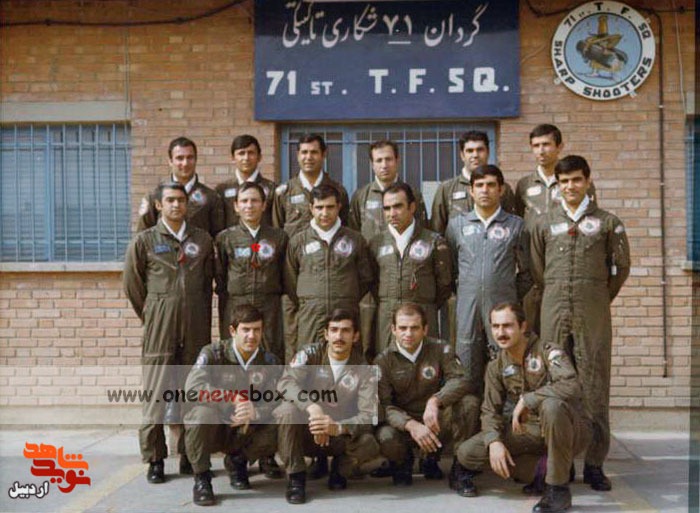Although the readiness rates of the IRIAF significantly increased in the following months, its overall role and influence declined, as the clerical government prioritized resources for the Islamic Revolutionary Guard Corps (IRGC) militias, and simultaneously attempted to develop a separate air arm for the IRGC.
Despite limitations and sanctions, the IRIAF achieved a successful kill rate in air-to-air combat against Iraqi jets. In air-to-air engagements, ratio was roughly 5:1, which is was surpassed by the Israelis against Syria in 1982 and the US in the Gulf war in 1991. It got to the point where Iraq ordered its pilots to avoid air-to-air engagements, especially with the F-14.
Although the readiness rates of the IRIAF significantly increased in the following months, its overall role and influence declined, as the clerical government prioritized resources for the Islamic Revolutionary Guard Corps (IRGC) militias, and simultaneously attempted to develop a separate air arm for the IRGC.
Despite limitations and sanctions, the IRIAF achieved a successful rate in air-to-air combat against Iraqi jets. In air-to-air engagements, Iran’s kill ratio was roughly 5:1, which is was surpassed by the Israelis against Syria in 1982 and the US in the Gulf war in 1991. It got to the point where Iraq ordered its pilots to avoid air-to-air engagements, especially with the F-14.

